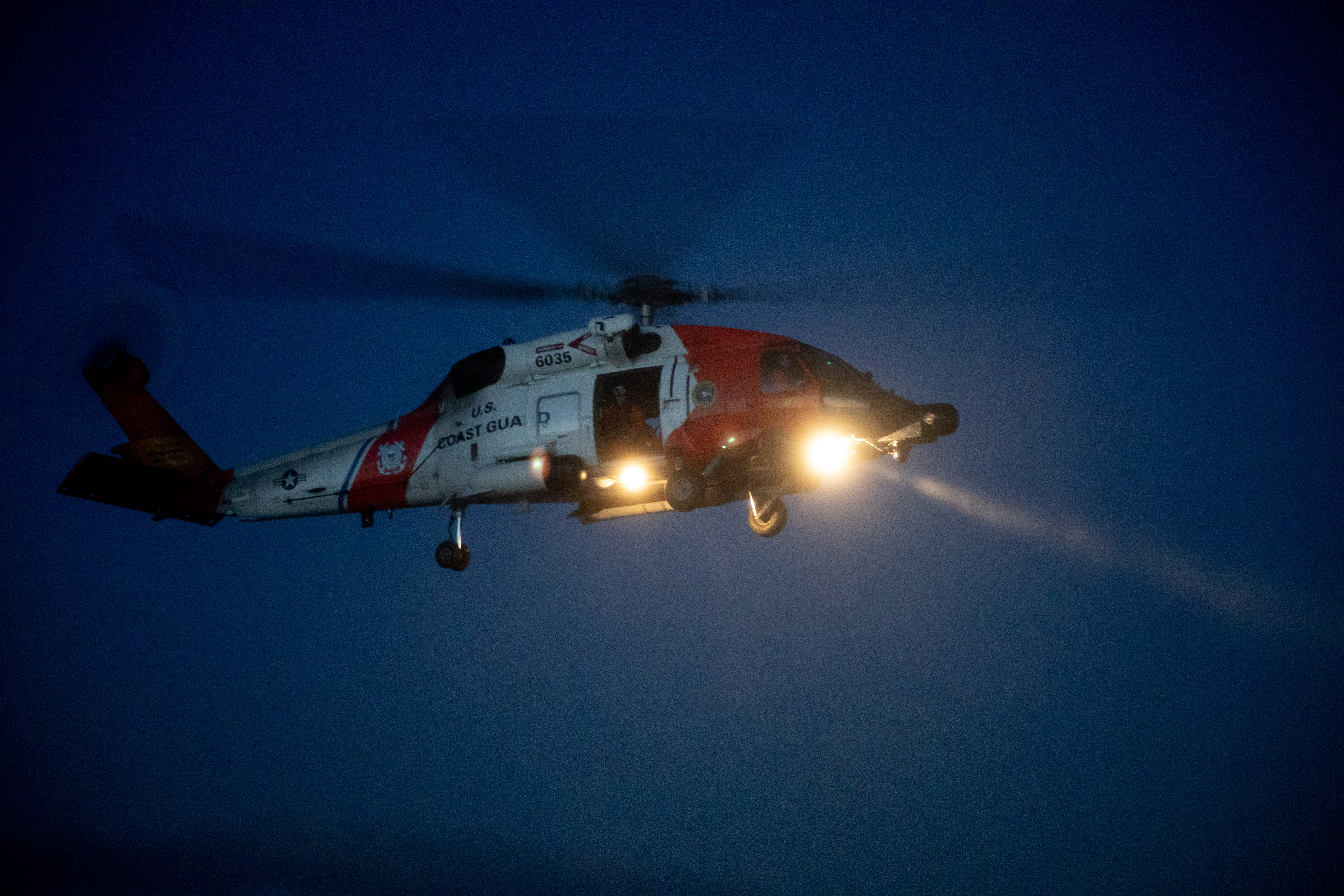Birding: The Canadian Prairies and the Long Beach Peninsula: Bird watching at its best
Published 12:37 pm Thursday, May 28, 2020

- The Savannah sparrow is found on the prairies as well as on the Long Beach Peninsula.
In my opinion, birding in the prairie provinces of Canada can provide a lifetime of continuing education on birds and their habits. Birding in the prairies also provides a lifetime of fascination and happiness. I hope this sounds familiar because this is also true for the Long Beach Peninsula, a theme I try to convey in my writings about Peninsula birds.
Trending
Spring migration begins to draw to a close by the end of May. During the last few weeks of May among those species that make an appearance are sparrows, tanagers, thrushes, and flycatchers. Nesting has already happened for some species. Canada geese are parading their goslings around the wetlands of the Peninsula, and Mallard mamas are leading their young on swimming expeditions in our wetlands, ponds and lakes. American robins are on their nests so we will soon see their spotted babies in our yards looking for tasty snacks like earthworms and fresh fruit. Red-tailed hawks, bald eagles, osprey and other raptors are also on nests and some for a few weeks now. Great horned owls already have fluffy white fledglings sitting tall in their nests.
Yesterday was a big day for isolation birding on the Prairies! It was indeed a day of fascination and happiness. I have made these birding trips three times to the sloughs northeast and east of Calgary. May 3rd produced 40 sightings, May 14th produced 53, but yesterday, May 24, produced 67 different species — an excellent day considering that migration is winding down.
Most of the waterfowl were still in the sloughs, but in very fewer numbers compared to earlier in the month. Shorebird migration was on the wane, but sparrows and flycatchers were numerous. Most of the species that I saw yesterday could be seen on the Peninsula during spring migration and during other seasons.
Trending
A marbled godwit was keeping company with an Hudsonian godwit on a little sand spit in one of the sloughs. They were both probing in the mud for lunch. The Hudsonian godwit is the smallest of the godwits at 15.5 inches in length. marbled godwits are the largest at 18 inches in length. It is a “how lucky can you get” bird! Hudsonians are recorded as accidental on the Willapa National Wildlife Refuge checklist of birds, but it is worth looking at the larger shorebirds to see if there is one among them. The Spotted sandpiper, Wilson’s snipe, Wilson’s phalarope and killdeer were well represented in their preferred habitat and the marsh wrens were singing up a storm in the roadside marshes.
The roadside edges and fence lines were alive with birds. Savannah sparrows, western meadowlarks, red-winged blackbirds, Brewer’s blackbirds and brown-headed cowbirds were all making their presence known and announcing their territories. The females of these species, except for the cowbird females, were busy with the art of nest building. The cowbirds were at the ready though to carefully place of one of their eggs in an unsuspecting smaller bird’s nest, such as a white-crowned sparrow or Savannah, when finished.
It appears as though one of the sloughs has become home to a large flock of double-crested cormorants. There are trees nearby where they could build their communal nesting home. Another interesting bird that we see more frequently now on the Peninsula is the American white pelican. Many were resting on the edge of a very large slough where I sighted them a week ago here on the Alberta Prairie. The question is, “Will they stay or will they go”? Time will tell.
Birding in the Prairies provides a lifetime of fascination and happiness. Again, I hope this sounds familiar because this is also true for the Long Beach Peninsula and about Peninsula birds. Isolation birding from a car is most rewarding in these pandemic days. Try it! You will like it!









